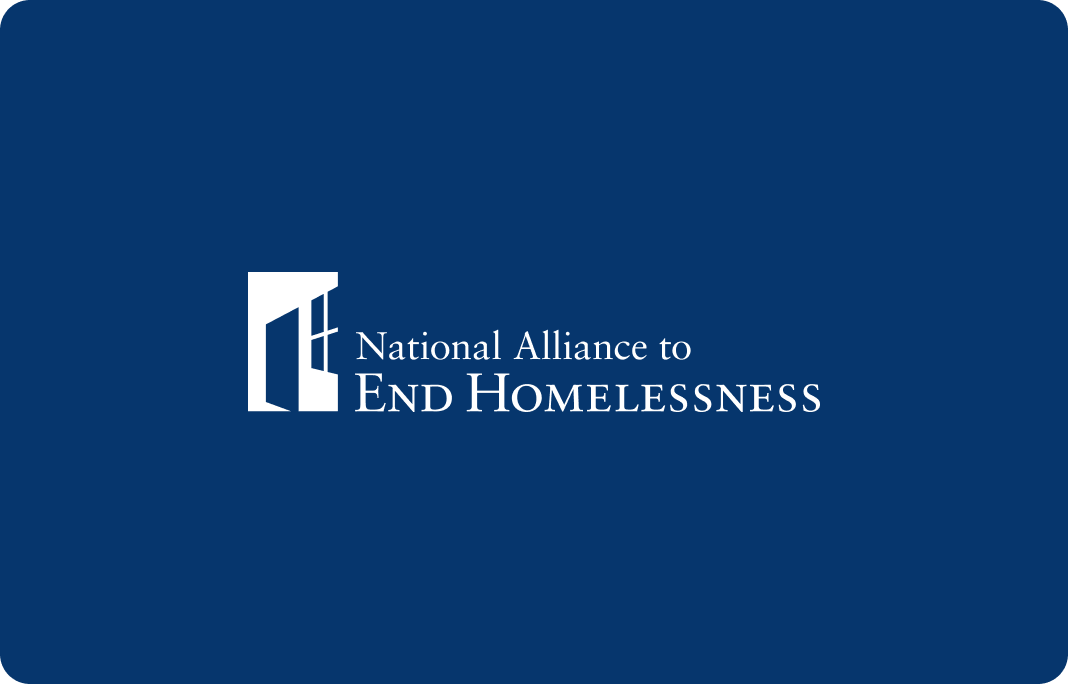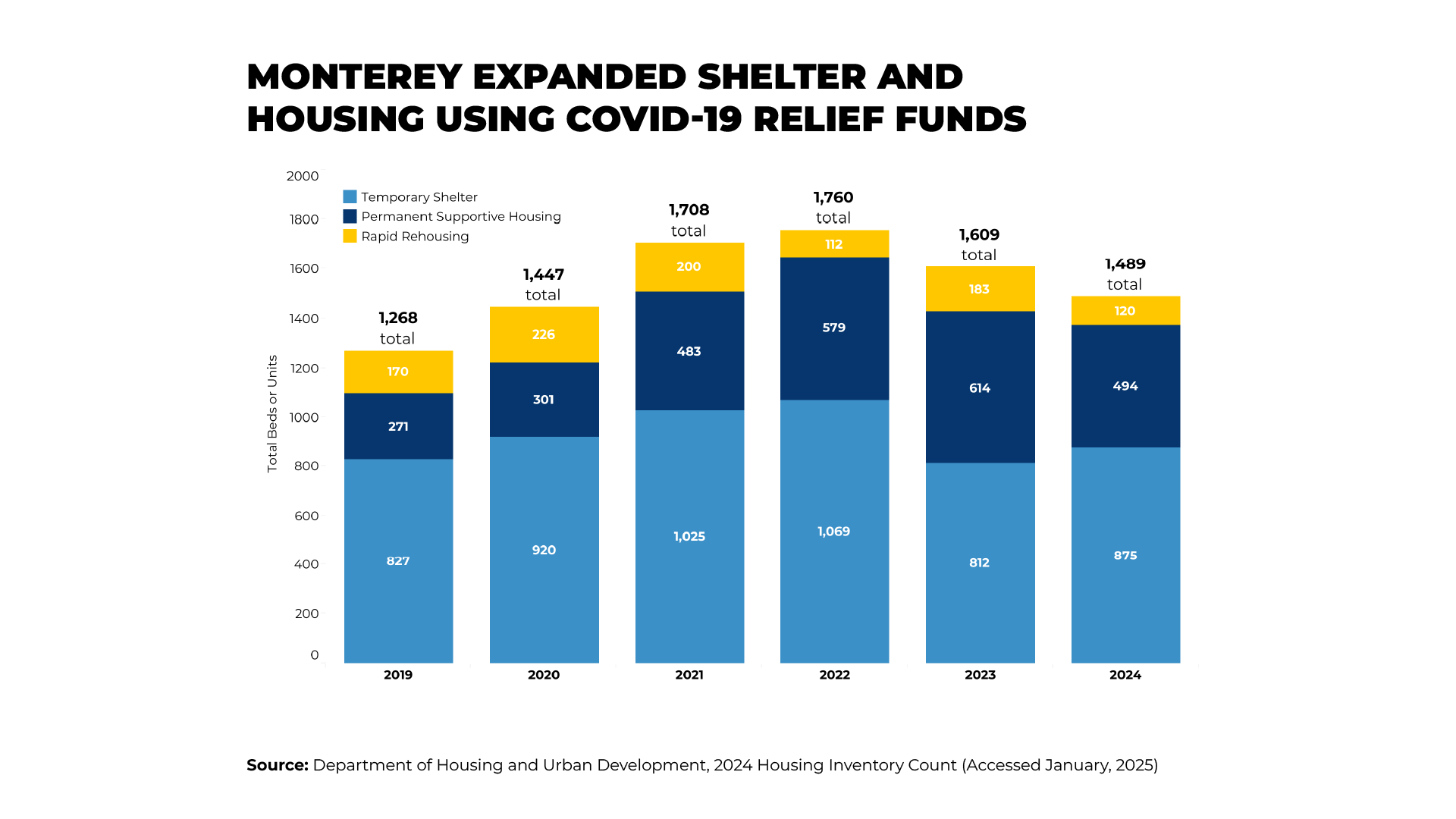America’s small towns and communities are not immune to the problem of homelessness. The number of people who experience rural homelessness is unknown, but the last national count of homeless people found that 7 percent live in rural areas.
Advocates and researchers often refer to people who experience rural homelessness as the “hidden homeless.” Many rural homeless people live in places we do not see; they often are sleeping in the woods, campgrounds, cars, abandoned farm buildings, or other places not intended for habitation. Many more individuals and families in rural areas live in substandard housing or are doubled up. These households are at risk of homelessness.
The same structural factors that contribute to urban homelessness—lack of affordable housing and inadequate income—also lead to rural homelessness. Historically, the greatest housing concern for rural Americans has been poor housing quality.
Insufficient income, high rates of poverty, and unemployment also lead to rural homelessness. Rural homelessness is most dramatic in areas that experience high economic growth, thus driving up housing costs, and in areas with high rates of unemployment because of declining industries, such as farming, timber, mining, or fishing. The lack of available jobs and steady incomes means that household income is significantly lower in rural areas; according to the latest report by the U.S. Census Bureau, the median income for households living in non-metropolitan areas was $44,212, compared to $58,260 for metropolitan areas.
Poverty is a persistent problem in rural America. The national poverty rate is 14.5 percent, whereas the poverty rate in rural areas is 16.1 percent. Perhaps most staggering is the problem of child poverty. Sixty-four percent of rural counties had high child poverty in 2010.
One of the key differences between rural and urban homelessness is a lower capacity in the homeless service provider infrastructure in rural areas as opposed to urban areas. Additionally, homeless people in rural areas tend to be homeless for shorter periods of time and are less likely to have health insurance and access to medical care. As noted earlier, other predictors of homelessness, such as substance abuse and mental illness, contribute to rural homelessness. Those who experience rural homelessness report higher rates of alcohol abuse and domestic violence, but lower rates of mental illness and drug abuse than the urban homeless population. However, more recent research suggests that, when looking at substance use trends for the entire population, there is no difference in reported substance abuse between rural and urban residents.
There are numerous barriers to serving rural homeless people, including a negligible amount of available affordable housing, limited transportation methods, and that federal priorities and programs tend to be awarded in criteria that favor urban areas. Additionally, because rural areas face persistent poverty, a high number of people are continually at-risk of homelessness.
Due to the aforementioned barriers, one of the most important strategies in ending rural homelessness is prevention. Preventing the occurrence of homelessness is the most economic way of ending homelessness. For communities that have limited funding providing people at risk of homelessness with prevention services, such as paying back rent or utilities and case management, can significantly decrease the number of people moving into homelessness.
Stay Updated: Solutions, Stories, and Ways to Make an Impact
Sign up to receive updates on the Alliance’s work, including the latest research, advocacy efforts, and real stories of progress — plus ways you can help drive lasting change.












